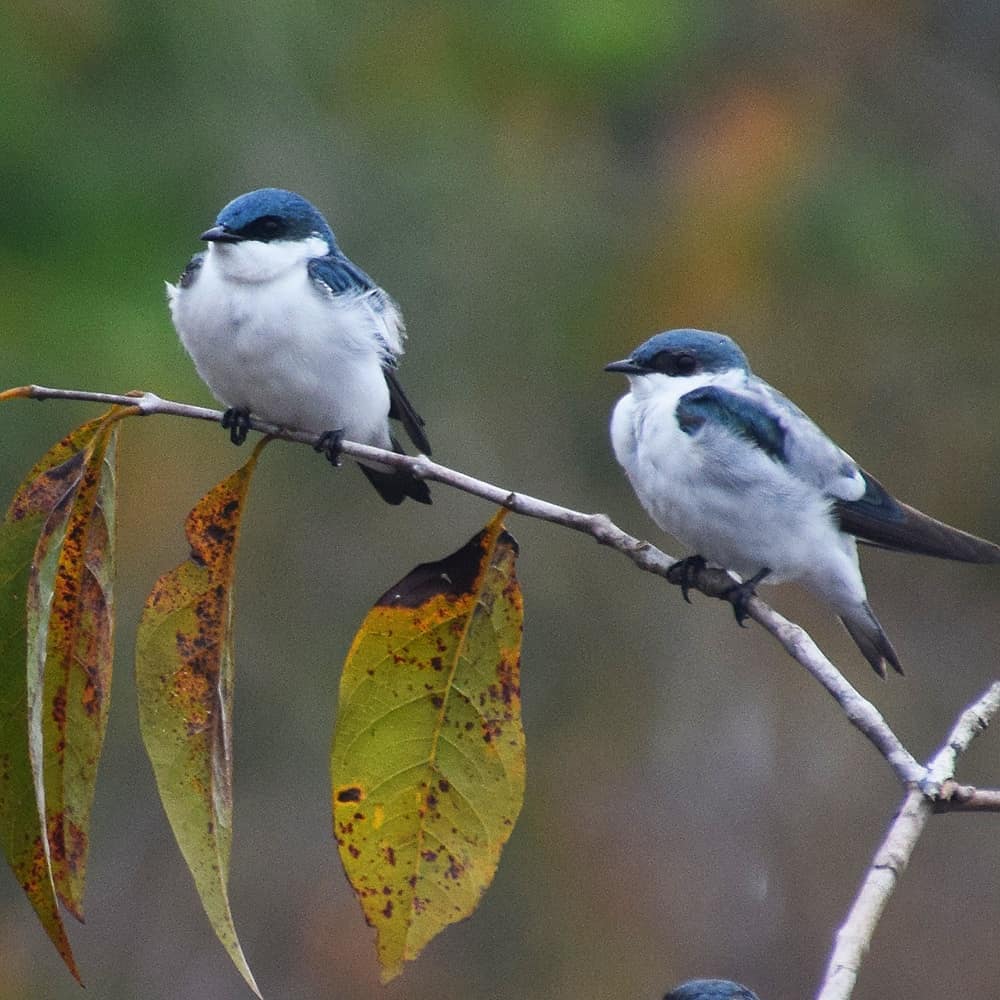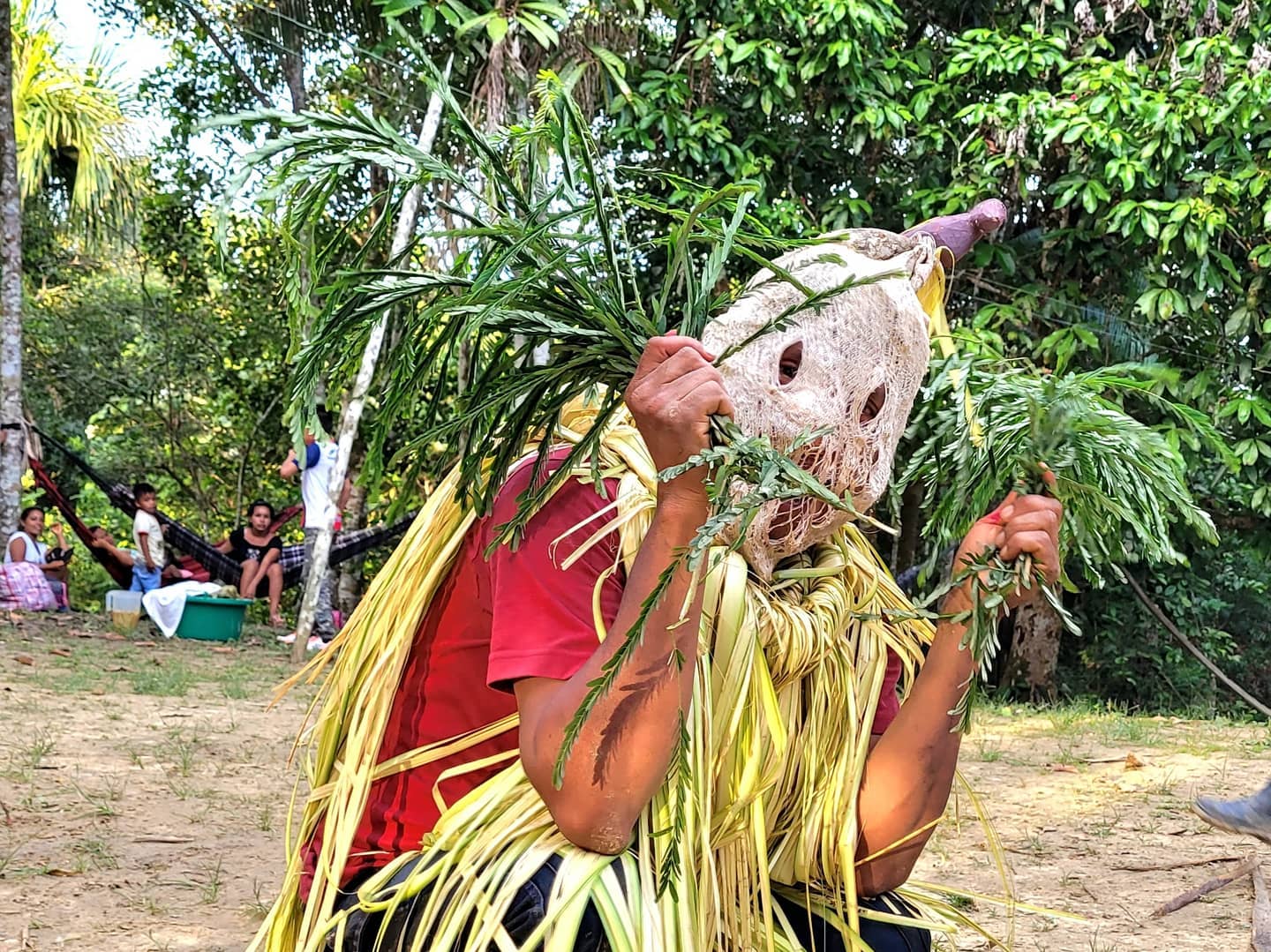Story and photos by Campbell Plowden, Executive Director, Amazon Ecology
MAKING MARVELOUS HUMMINGBIRDS
The next stage of my journey was going to the Kukama village of Amazonas on the Marañon River with Tulio where a guided artisan workshop was in progress. The participants were association members with considerable skills who gathered to fill an order for very high-quality ornaments for us. The artisans need to be committed to this process since we contracted experienced facilitators to guide it, but we did not provide meals as we do for general artisan training workshops with lower expectations that everyone will sell their craft at the end.
Our two focal birds for this workshop were the marvelous spatule-tail hummingbird and the kestrel - a small falcon from North America. It was great to see how much Edson’s skill in teaching other artisans how to fashion the delicate features of the colorful hummingbird had grown since he led another group making the same bird the previous month. Everybody in his group meticulously tied single strands of blue chambira palm fiber together at the end of a wire and then used scissors to carefully shape them into a rounded blade to make the signature feature of the male bird’s tail.
Edson’s energy was always positive. I also loved watching other members of his group who had attended our artisan facilitator training in February set aside their own work for the day to take on the role of apprentice facilitator. Everyone genuinely wanted everyone to do their best work.

When the first round of birds was complete, they put them on the table with a simple name tag so Yully could inspect them and offer any final suggestions for improvements before accepting them. I had fun borrowing a few of the birds and positioning them in front of a bright red flower as the real bird might do to gather some nectar for its high-energy lifestyle.
THE KESTRELS ARE COMING
While Edson led the artisan group making the fanciful marvelous spatule-tail hummingbird at the guided workshop in Amazonas, Pablo led the other half of the participants to make the diminutive but still deadly American kestrel - a smallish falcon with beautiful slate blue wings, rust-colored wings and spotted white breast.

This bird required the artisans to pay great attention to the details of its colors, beak, wings and talons, and Pablo did a superb job of guiding his charges to achieve high-quality in his or his group’s first attempt to make this bird. I could see artisans frequently holding up their birds in progress next to each other to try and make them as consistent in shape and size as possible. Once the main features were done, they all needed a bit of salon magic to lightly trim the “feathers” covering their throat so they didn’t look like gentlemen attending a ball with a fancy ruff.
When the workshop reached the half-way mark, most of the artisans chose to stay in the kestrel group so they could make their second bird even better than the first. It was exciting to see both their progress and their final results. I look forward to listing these new birds on our online store as soon as the ornaments arrive.

SUNSET TOUR OF AMAZONAS
At the end of day 3 of our artisan workshop in Amazonas, I took a tour of the village with artisan leader Paquita.
It was fun to see the full range of activities happening in the community. Volleyball games were happening everywhere. Kids were kicking soccer balls toward an ill-defined muddy goal.
I next saw tall cement poles with tall wires leading everywhere. Paquita smiled wryly and said that while the infrastructure to deliver electricity to every house from the town of Nauta had been put in ten years before, the lines had never been connected. Like many communities in the region, Amazonas put enough fuel in its generator to provide four hours of power per night on most evenings.
At the far end of the village, I saw a small and rather worn looking wooden box. Paquita said this was sort of the community jail they called the “calabozo.” While used very rarely, this structure could hold someone (often very drunk) who posed a danger to others or themselves - kind of like a place where adults could be given a mandatory “time out.” Like all Peruvian communities, Amazonas had one person who was legally empowered by the regional government to detain someone from their community and potentially turn them over to local police if they were accused of committing a serious crime.

As dark set in after the sun went down, we saw that Rosita was still hard at work making her hummingbird ornament with her only source of light being a small headlamp. It would It would be great for the village to get more light some day whether coming from Nauta or a community-wide solar energy project.
THE FINAL FAIR IN AMAZONAS
As our guided artisan workshop in Amazonas entered its final day, we invited the artisans to put any crafts they wanted to show us on a big table in the back of the workshop space. Yully, Marianela and I then carefully examined them while the artisans carried on making birds for the workshop.

I have come to expect certain things at these “ferias” in Amazonas. Once again, soft-spoken Zoraida showed her mastery at making big beautiful chambira baskets with five different natural plant dyes. Miriam had made some wonderful and colorful dancing turtles to help fill an order for us. Paquita continued to show her growing talent and enthusiasm for making new types of birds, baskets, and almost any other type of new craft we suggested.

It was also good to find a few unusual things from artisans I didn’t know as well. Rubi had some bold basket designs. I bought a few that were really well made and asked Zoraida to give her some pointers about ways to improve her stitching technique and colors.
When all of our purchases of crafts from the workshop and fair were tallied up, we paid Paquita (the association leader) the total sum. She then paid the individual artisans according to the number and type of birds and other crafts they had contributed to the total. It was great to see the artisans’ smiles receiving hard cash for their creative efforts and the serious amount of time they had invested to take part in this workshop.





